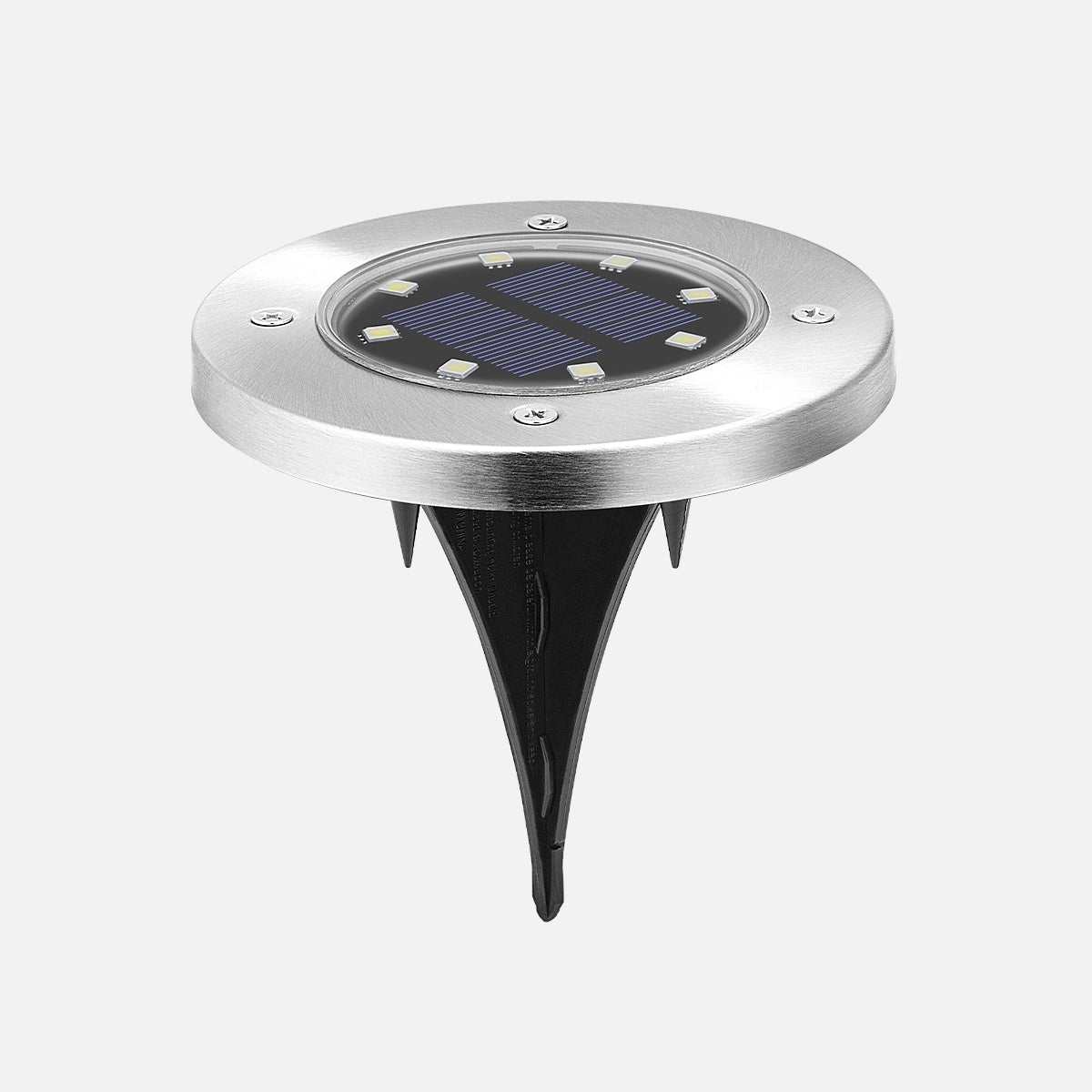
The Evolution of Solar Lighting Technology: Past, Present, and Future

Introduction:
Solar lighting technology has significantly evolved over the years. What started as a concept has now transformed into a reality that lights up homes, streets, and even cities. This blog will take you on a journey through the evolution of solar lighting technology, its current state, and the exciting prospects that the future holds.
The Past: The Birth of Solar Lighting
The concept of harnessing solar energy dates back to ancient civilizations who used passive solar design in their architecture. However, the modern era of solar lighting technology began in the 19th century. French scientist Edmond Becquerel discovered the photovoltaic effect in 1839, which is the principle upon which solar cells operate.

In 1954, Bell Labs developed the first silicon photovoltaic cell capable of converting enough sunlight into electricity to power electrical equipment. However, these early solar cells were inefficient and expensive, limiting their initial use to space applications.
The 1970s and 80s saw significant advancements in solar technology. The energy crisis of the 70s led to increased research and development in renewable energy sources, including solar power. By the 1990s, solar lighting began to enter the mainstream, with solar-powered calculators and watches becoming common.
The Present: Solar Lighting Today
Today, solar lighting technology has become an integral part of our daily lives. From powering homes and businesses to lighting up streets and parks, solar energy has proven to be a viable and sustainable alternative to conventional energy sources.
The efficiency of solar panels has dramatically improved with advancements in technology, making solar energy more accessible and affordable. Moreover, modern solar lights come equipped with motion sensors and automatic on/off switches, making them more user-friendly and efficient.

A significant development in the present era is the integration of solar lighting with smart technology. IoT-enabled solar lighting systems can be controlled remotely, offer improved energy management, and can even notify users of required maintenance.
The Future: What Lies Ahead
The future of solar lighting technology is promising and exciting. As we move towards a more sustainable future, solar energy's capacity to provide clean, renewable energy positions it at the forefront of the global energy transition.
Emerging technologies such as perovskite solar cells promise to further enhance the performance and reduce the cost of solar lighting. These cells have the potential to reach higher efficiencies and can be produced at lower costs than traditional silicon-based cells.

Moreover, the integration of solar lighting with other renewable energy technologies, such as wind and hydropower, can create hybrid systems capable of producing reliable power even under varying weather conditions.
In the future, we can expect to see solar lighting technology being used in more innovative ways. For example, solar-powered roads that light up at night, solar windows that generate electricity while reducing heat transfer, and solar textiles that can power wearable electronics.
Conclusion
From its humble beginnings to its promising future, the evolution of solar lighting technology is a testament to human ingenuity and our quest for a sustainable future. As we continue to innovate and push the boundaries of what is possible, there is no doubt that solar lighting technology will play a pivotal role in shaping the energy landscape of tomorrow.













